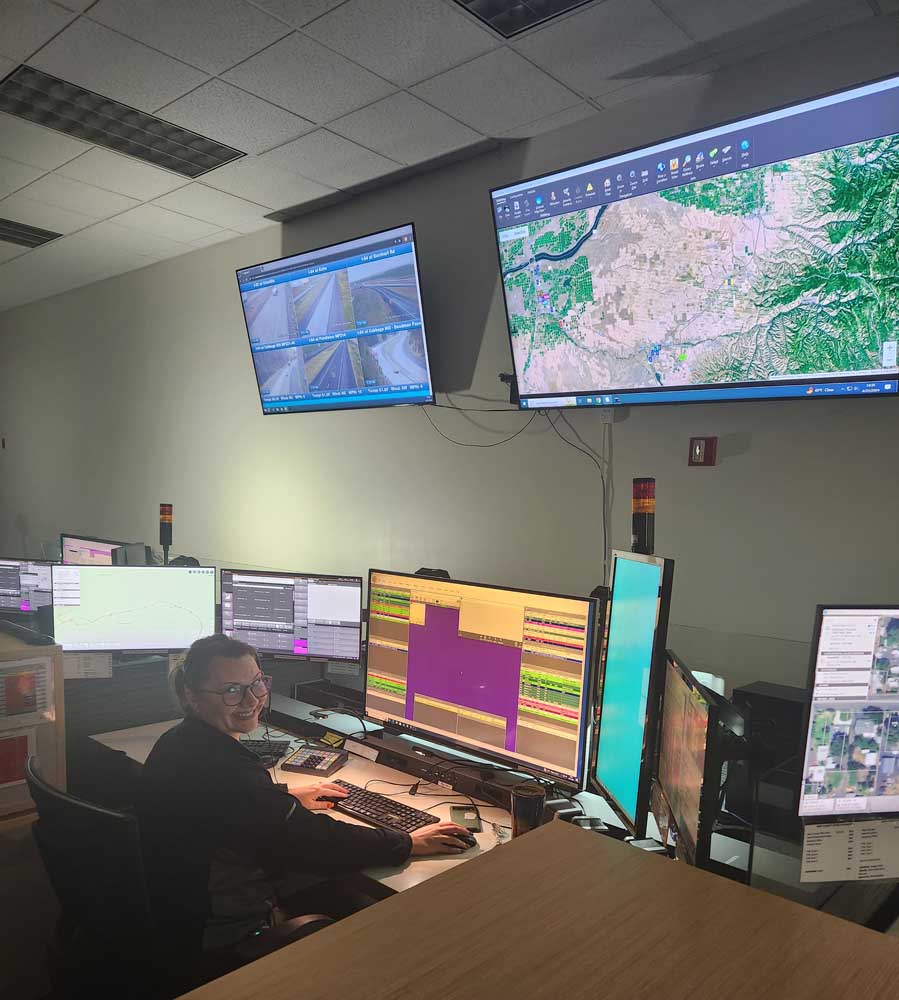Tips for staying connected online during quarantine
Published 12:02 pm Friday, May 1, 2020

- Close-up Of Mother And Son Videoconferencing On Digital Tablet At Home
We are most certainly living through an unprecedented time unlike any of us have lived through in our lifetime. With schools closed and stay-at-home restrictions in place, parents have had to figure out how to educate their children themselves. Fortunately resources are available, thanks to technology advances during the last 20 years.
We live in the era of online meetings and video calls. In 1982, I had the opportunity to attend the World’s Fair in Knoxville, Tennessee. While there I got to experience video calls in their infancy. I never imagined that in my lifetime I would be able to use my phone or computer to communicate with others while seeing them on a screen. Now it is common to dial up a friend and see them while talking to them.
Trending
There are quite a few online conferencing platforms with a range of features and prices. It is important to remember that all platforms depend on the internet, and internet services are not equal — speed, reliability, and connectivity vary greatly. Additionally, some of the “social platforms” work with specific operating systems like iOS, which is Apple. Though you may be able to use them with an Android product or other operating system, the functionality may be problematic.
There are many online platforms for video chatting, socializing, and eLearning. Work-based platforms like Zoom, GoToMeeting, GoToWebinar, Flock, Uberconference, and CiscoWebEx were designed for business and have features that less useful in an educational or social setting. Other platforms like Google Classroom, Canvas, and Blackboard were specifically designed to meet the needs of educators. Platforms like FaceTime, Snap Chat, Houseparty, and Instagram were designed to be social video conferencing in nature. Many of those specifically designed for socializing are free apps, though you may be subjected to advertising. Platforms meant for socializing often have little or no control over the group and are likely not the best for educational purposes; privacy could be an issue with social-oriented apps.
Zoom is probably the most well known teleconferencing platform of the day and seems to be the preference for many teachers and businesses. Zoom is free for their basic package, which is limited, but works well for teachers and could easily be used for families wanting to have a group chat as well. Zoom requires a “host” to invite others to attend the conference and maintains control over the group in the ability to mute or open the microphone for members wanting to talk.
Like Zoom, Google Classroom is controlled by a school or a school district. Individuals are activated by the school or district to participate. Once the district or school has set up G Suite for Education, teachers can set up lessons, video conferencing, sharing of assignments, and more. With school district oversight of the account, privacy is maintained by controlling access, making it less likely that private information can be compromised.
In almost all cases the business and eLearning platforms are easy to use, those requiring an invitation will either send you a link and/or require a registration. They typically offer online tutorials explaining how to use the platform and some basic do’s and don’ts. The apps created for socializing are extremely easy to use and do not offer the same level of security as those for eLearning and business. A simple Google search will provide a host of videos showing you how to use the platform of your choice.
Let me offer some personal notes from my experience with video conferencing:
Trending
Always keep your microphone muted unless you have something to say, no one wants to hear your dogs barking or toddler telling you he has to poop.
Do not take your phone, tablet, laptop with you to the bathroom with the video or microphone engaged. Though I have never done this, I have been on conference calls where people have. It is awkward, to say the least.
Learn to use the “raise your hand” feature so that you are not unmuting yourself and talking over others.
Make sure family is aware that the video and or microphone are on because you are video conferencing.
Be aware that unless you have your system muted and the camera turned off or blocked, everyone on the call can see and hear you. I do not think I need to elaborate on this one.
The main thing is to be patient with yourself and others during these challenging times. We are all being required to learn and work with new things, even children. Though they seem to adapt to the new technologies faster, they too struggle with not being able to socialize in person.
________
Pendleton home economist Virginia Justice and her husband have two college-aged daughters.









